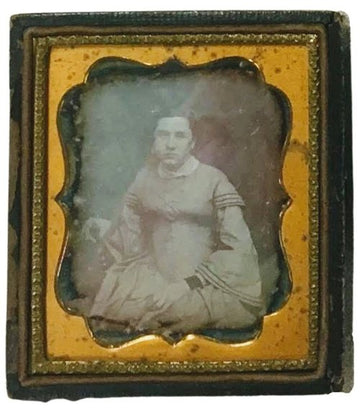Welcome to part two of our Storing Stuff at Home series. Find part one here.
Let’s recap.

Have you ever wondered:
How should I store clothes at home?
How should I store my off-season clothes?
How can I preserve heirloom garments in my house?
Well I have some answers for you!
So let’s jump right in and get back to the Highway to Hell. I mean AC ⚡DC. I mean DC ⚡DC.
Wait, never mind. This is getting a little weird. Let’s take a step back and review my five standards for a basic storage environment.
An adequate space should be:
Constant
You know, DC⚡DC.
So what do I mean by dark?
Light can damage stuff. You probably know that already. Sunlight, lightbulbs, you name it, it can cause damage. Sometimes light damage happens quickly; leave a piece of paper out in the summer sun for a while and the ink will start to fade pretty quickly. But sometimes it happens over time, slow enough that you might not even notice that anything has happened. Have you ever taken a photograph out of a frame and noticed that the colors along the edges of the photo – which were hidden by the frame – are much more vibrant? Perhaps you didn’t even realize that the photo had changed so much; it still looked the same to you.
Believe it or not, the same thing can happen to clothing. But light can do more damage that just ruin your aesthetic. UV rays can even break down the fibers in a textile, making it weak and brittle.
In the museum world, curators and exhibit developers go to great lengths to make sure the artifacts they put on display are kept under low light. In addition, if an exhibit will be up for a long time, museum staff may rotate multiple artifacts in and out of the space in order to make sure that a single item isn’t on display for too long. For example, if a permanent exhibit has a quilt display, every few months one quilt will be removed from the exhibit and another will be added.
Now I realize that you (probably) aren’t running a museum out of your home (probably). So how is this relevant to you?
Here are a few quick solutions to minimize- light exposure:
-
If your closet has a window, make sure your long-hanging garments are covered with a garment bag or dust cover.
-
When you leave the room, turn off the light. Easy peasy but it can really make a difference.
-
If you’re displaying favorite textiles in a frame, on a quilt rack, or over the back of your couch, switch them out with something else every few months to give them a much-needed break.
So that was easy! Come back soon as we discuss more DC⚡DC environmental standards and how you can easily incorporate them into your home storage plans.






